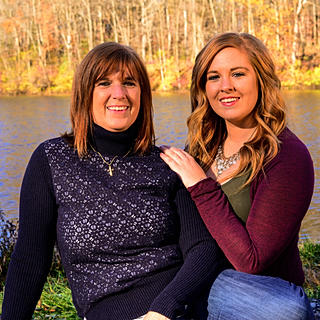Mastering the Art of the Seating Chart
- Amanda Allaby
- Mar 19, 2024
- 3 min read
I've orchestrated countless celebrations of love, and one aspect that often causes couples some stress is the seating chart. While it may seem like a simple task, seating your guests strategically can enhance the flow of your reception and ensure everyone has a wonderful time. Let's dive into the art of seating charts and explore how to navigate this aspect of wedding planning with finesse.
1. Start Early: Creating a seating chart is not a last-minute task. Begin planning your seating arrangements well in advance to avoid any last-minute headaches. Aim to have a preliminary list of guests and their RSVPs at least a month before the wedding day.
2. Consider Venue Layout: Familiarize yourself with the layout of your wedding venue. Understand the placement of tables, dance floor, and any other significant features. This will help you visualize how to best organize your guests for optimal flow and comfort.

3. Mix and Match: When it comes to seating, variety is key. Aim for a mix of personalities, ages, and interests at each table. Don't hesitate to play matchmaker with your seating chart, but also consider the dynamics between guests to avoid any potential conflicts.
4. Create Zones: Divide your guest list into categories such as family, friends, colleagues, and so on. Assign tables or zones for each category to ensure a balanced representation throughout the reception. This can also help facilitate conversations and connections among guests who share common interests.
5. Honor Traditions: Consider incorporating cultural or familial traditions into your seating chart. For example, you may choose to seat immediate family members at a head table or reserve a special table for honored guests. Paying homage to traditions adds a personal touch to your seating arrangements.
6. Optimize Comfort: Take into account any special needs or preferences of your guests when assigning seats. Consider factors such as accessibility, dietary restrictions, and seating preferences (e.g., near the dance floor or away from speakers for guests sensitive to noise).
7. Use Technology Wisely: There are numerous online tools and apps available to assist you in creating and managing your seating chart. Utilize these resources to streamline the process and easily make adjustments as needed. However, don't rely solely on technology; always have a backup plan in case of technical glitches.
8. Be Flexible: Remember that your seating chart is not set in stone. Be prepared to make adjustments as RSVPs come in and circumstances change. Maintain open communication with your venue and caterer to accommodate any last-minute changes or additions.
9. Communicate Clearly: Once your seating chart is finalized, clearly communicate seating assignments to your guests. Provide them with personalized place cards or a seating chart display at the entrance to the reception area. This will help guests find their seats effortlessly and avoid any confusion.

10. Trust Your Instincts: Ultimately, trust your instincts and intuition when creating your seating chart. You know your guests best, so trust yourself to make decisions that will result in a joyful and harmonious celebration.
In conclusion, seating your guests may seem like a daunting task, but with careful planning and consideration, you can create a seating chart that enhances the overall experience of your wedding day. By starting early, mixing and matching guests thoughtfully, and embracing flexibility, you'll master the art of seating charts and ensure that everyone has a seat at the table to celebrate your love. Cheers to a beautiful and unforgettable wedding day!





Comments